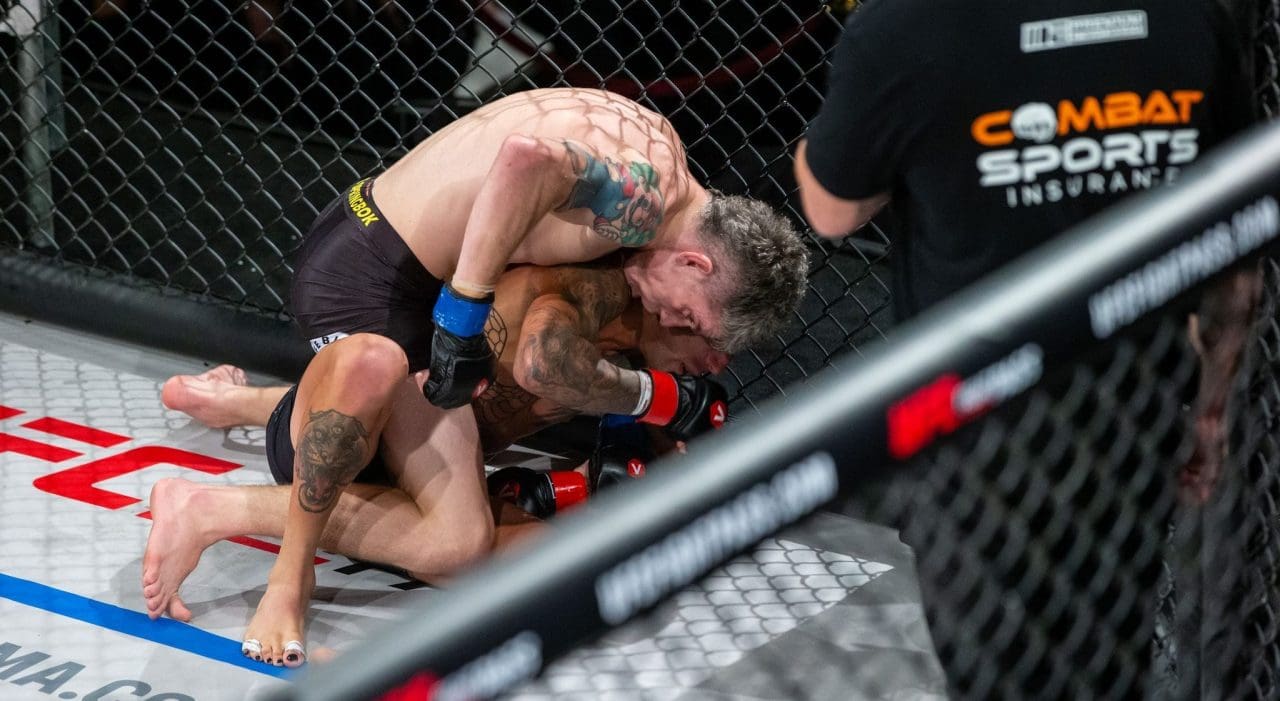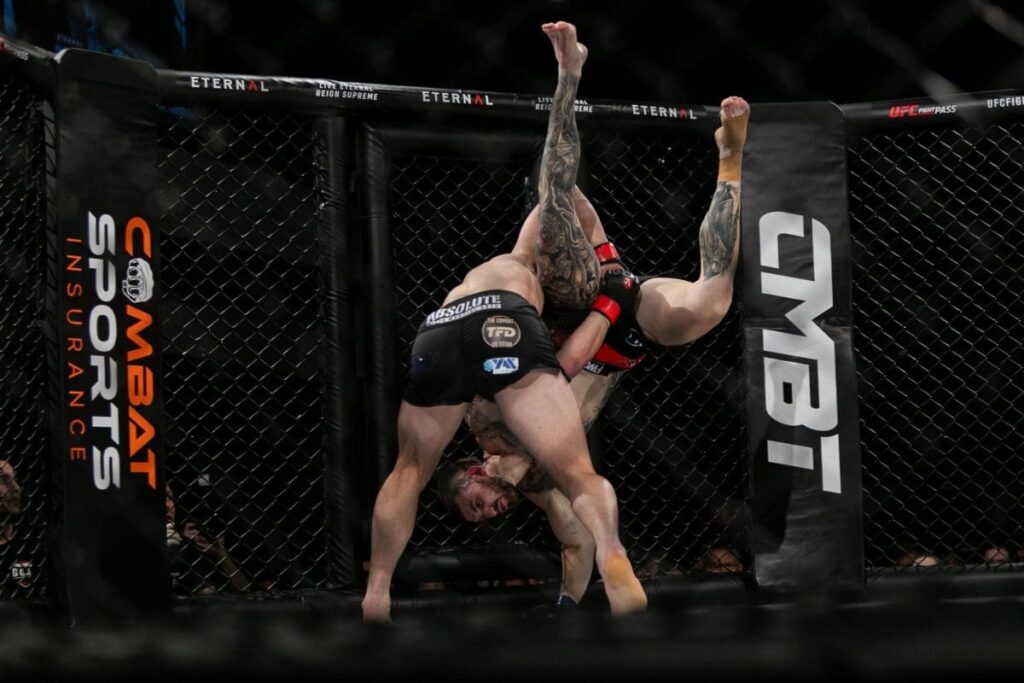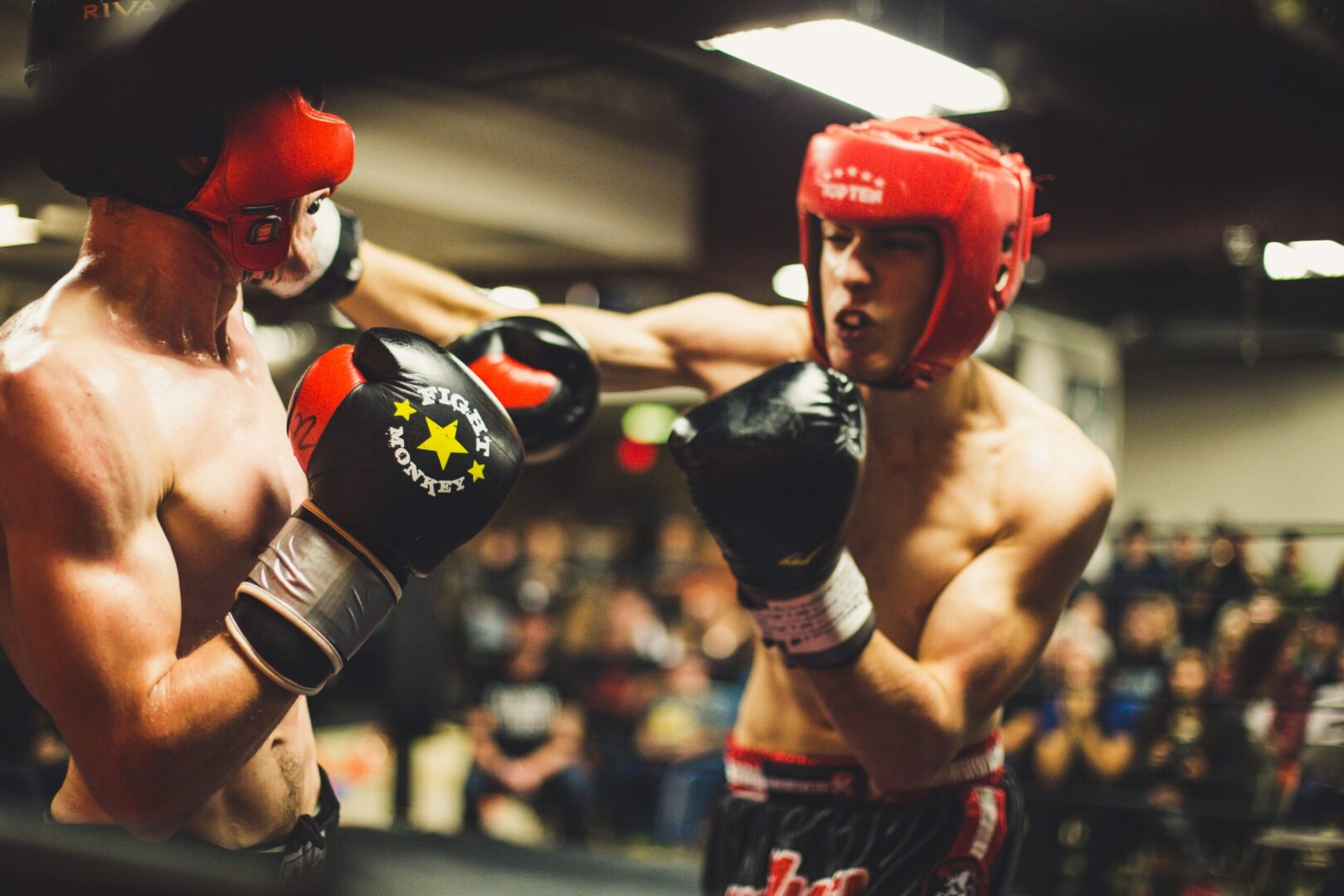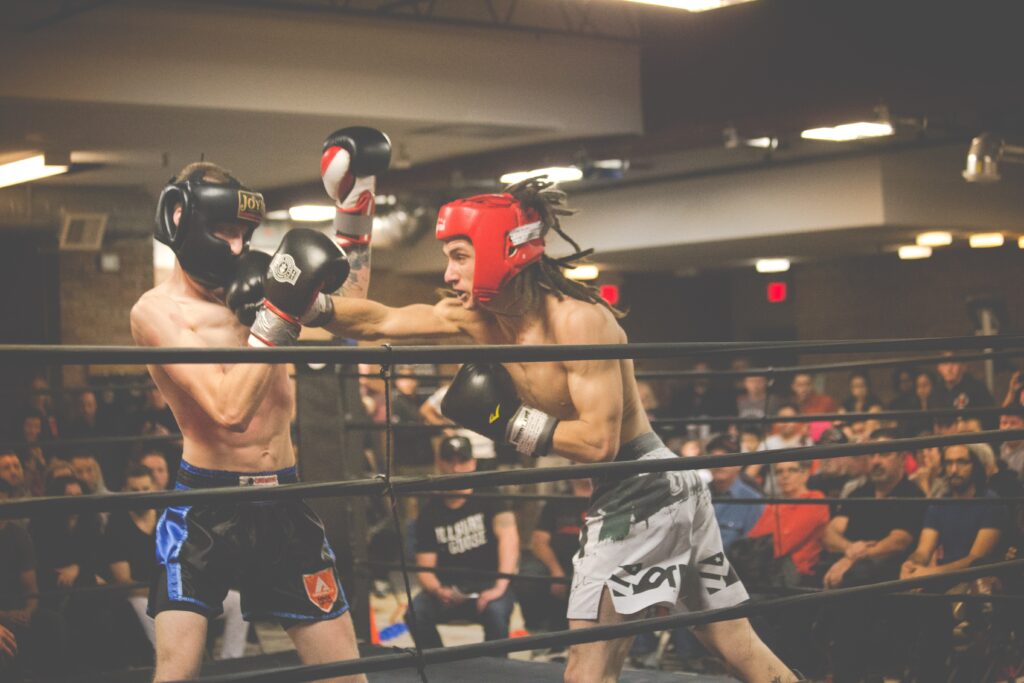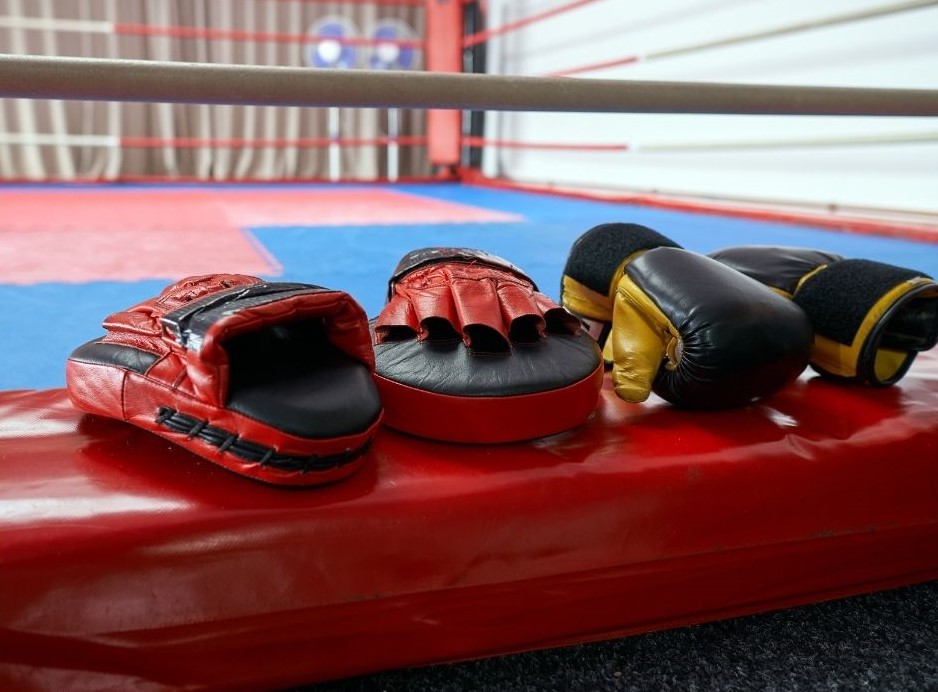Professional athlete insurance is essential for those participating in high-risk sports like MMA, boxing, kickboxing, taekwondo, and more. It serves as a vital safety net, shielding athletes from potential financial burdens resulting from injuries and the subsequent loss of income.
High-risk sports expose athletes to a greater likelihood of injuries compared to other sports, with intense physicality and contact increasing the risk of accidents and unforeseen events.
Professional athlete insurance steps in to provide comprehensive coverage, allowing athletes to focus on honing their skills and achieving greatness without worrying about the financial setbacks that injuries can bring.
Additionally, this type of insurance protects athletes’ careers by offering support in the event of a career-ending injury or illness, mitigating the impact of lost income and providing a safety net for long-term financial stability.
Coverage for Injuries
In combat sports, injuries can range from minor bruises to career-threatening conditions. Here are the important points regarding coverage for injuries in professional athlete insurance:
- Types of injuries: Combat sports pose risks such as fractures, concussions, ligament tears, and dislocations. These injuries can impact an athlete’s career and require medical attention.
- Medical expense coverage: Professional athlete insurance includes coverage for medical expenses. It takes care of bills, hospital stays, and treatment costs associated with injuries sustained while competing.
- Disability coverage: Athletes who experience a career-ending injury or illness that prevents them from continuing to compete are eligible for disability coverage under athlete disability insurance. This coverage provides financial support to help them adapt to their new circumstances and maintain a stable income.
- Accidental death and dismemberment coverage: While rare, catastrophic injuries and fatalities can occur in combat sports. Athletes can have accidental death and dismemberment coverage, which offers financial protection. It provides support to beneficiaries in the event of the athlete’s death and may also compensate for severe injuries resulting in dismemberment or permanent disability.


Coverage for Loss of Income
Injuries can sideline athletes, making them unable to participate in their sport and earn income. This can occur due to the recovery time needed for healing, long-term rehabilitation, or even permanent impairment that prevents them from returning to their sport.
Athletes can face substantial financial challenges when injuries prevent them from competing. Here’s an overview of the coverage options available to address the loss of income in professional athlete insurance:
- Loss of value coverage: Professional athlete injury insurance often includes loss of value coverage. This coverage is designed to protect athletes who suffer a permanent injury that significantly affects their earning potential. It compensates for the decrease in the athlete’s market value due to the injury, ensuring they are financially protected from the impact on future contracts, endorsements, and other income-generating opportunities.
- Loss of income coverage: Another critical aspect of insurance coverage is loss of income coverage. This coverage provides income replacement for athletes who are unable to compete due to an injury or illness. It helps bridge the financial gap created by the inability to participate in their sport and ensures a steady income stream during the recovery period.
Click here to read about the consequences of not having sports injury insurance.
Factors to Consider When Choosing Insurance Coverage
When it comes to selecting insurance coverage for professional athletes, several crucial factors need to be taken into account. Here are the key considerations to keep in mind when choosing the right insurance provider and policy:
- Importance of choosing a reputable insurance provider: It is vital to select an insurance provider with a strong reputation and expertise in insuring professional athletes. Look for a company that specialises in high-risk sports insurance and has a track record of providing reliable coverage and exceptional customer service. A reputable provider will understand the unique needs and challenges faced by athletes and offer tailored solutions.
- Coverage limits and deductibles: Consider the coverage limits and deductibles offered by different insurance policies. Coverage limits determine the maximum amount the insurance company will pay out for a claim, so ensure the limits align with your specific needs and potential risks. Deductibles are the out-of-pocket expenses you need to pay before the insurance coverage kicks in. Find a balance between reasonable deductibles and adequate coverage limits that suit your budget and risk tolerance.
- Exclusions and limitations: Thoroughly review the policy’s exclusions and limitations. Insurance policies often have specific exclusions, such as pre-existing conditions or certain types of injuries. It’s crucial to understand what is and isn’t covered by the policy to avoid any surprises when filing a claim. Carefully read the policy terms and ask questions to clarify any uncertainties regarding coverage.
- Premiums and costs: Consider the premiums and costs associated with the insurance coverage. Premiums are the regular payments you make to maintain the policy, so evaluate the affordability and sustainability of the premiums over the long term. Compare quotes from different insurance providers to ensure you are getting competitive rates without compromising on coverage quality. Remember that the cheapest option may not always provide the comprehensive coverage you need, so strike a balance between cost and coverage.


By investing in professional athlete insurance, athletes can pursue their passion with confidence, knowing they have a safety net in place. Whether it’s recovering from an injury or preparing for the future, having comprehensive coverage ensures financial stability and peace of mind.
If you’re a professional athlete engaged in high-risk sports, don’t leave your financial future to chance. Take the necessary steps to protect yourself with professional athlete insurance. Combat Sports Insurance Australia is here to provide you with tailored insurance solutions designed specifically for athletes and fighters.
Visit our website or contact our team today to learn more about our coverage options and get a free, personalised quote. Don’t wait until it’s too late – secure your future and focus on what you do best: excelling in your sport.
Note: The material offered here is for informational purposes only. It does not constitute legally binding advice and should not be a substitute for a consultation with an insurance expert.


